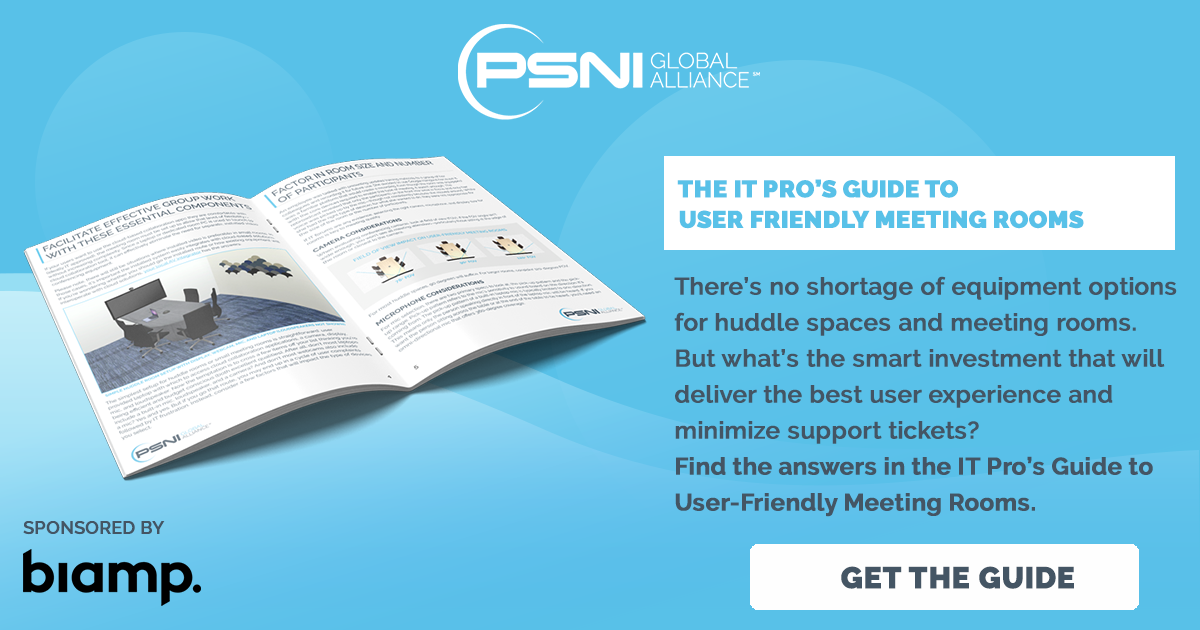Your workload is heavy—packed with both long-term projects and putting out fires. IT departments tackle everything from strategic work to help desk requests, app support, and even spending hundreds of hours a year just activating mobile devices and setting up email.
You don’t have a lot of time in your schedule to play Sherlock Holmes in order to discover why audiovisual (AV) systems aren’t working. Calling an audiovisual (AV) integrator for support is a good way to save time and budget if you manage these service calls efficiently and effectively. The more concisely you can lay out your problem, the easier it is for a technology service provider to solve, meaning fewer dollars spent on the ticking service clock.
Here are some things you can do to ensure your integrator sends the right person with the right tools for the job:
Before You Call
1. Assess the problem.
Identify if user error is a factor. Note any indicator lights and confirm power and cable connections are stable. If a user was connecting to a system using a specific device, first try to reproduce the issue with a similar device. It may also be worth having that device available for the on-site service call.
2. Determine when the affected system was last functional.
When was the last use? Was someone using it when it stopped working? What did they notice? What sources are being used and not used?
3. Find out when was the system last updated.
Network updates can create challenges if they are rolled out without the knowledge of the IT pro tasked with resolving AV issues. Ask everyone to keep an accessible log of software, firmware, and network updates.
4. Define the problem.
What feature is not working? What functionality is not working? (i.e. no audio on the far end or this button on the touch panel not responding). Some systems may have features and functionalities that were not set up or programmed into initial system design. Confirm how the space is supposed to be used and how the equipment is supposed to work. This will enable you to explain your issue (and, if applicable, the desired solution) as clearly and concisely as possible.
After You Schedule the Call
Now that you likely have a better idea of the cause of the issue, you can report it and ask if your issue can be resolved over the phone and if a technician is available to discuss. Phone support is often provided at a lower cost than an on-site service call. If you have current system drawings, they can come in handy when pin-pointing the root cause of the issue. If you must schedule an on-site call, here are some steps you can take in advance to optimize time and resources:
5. Check room and system availability.
Ensure both the system and space can be worked on during the time scheduled for the service call. Ask how long the technician may need to find the right time window for the call—if the source of the issue is unknown, they may want more time for troubleshooting or to provide a permanent fix.
6. Have the right resources available.
Determine who you want to have present or available to help resolve your service issue quickly. Ensure the availability of those who can provide access to the rack room and the space, as well as someone who knows about the issue and has general knowledge about the intended use of the space.
7. Know when the last service checkup and/or preventative maintenance was done.
Track updates, service issues, and maintenance schedules so you can provide the necessary information to the technician. Or, if you use the same qualified integrator for all your AV needs, they can track this for you. During this process, it’s useful to ask your AV service tech about any aging equipment and if a conversation should be started around hardware refreshes or equipment upgrades. These items are often identified during a routine preventative maintenance visit. They may not be able to provide a quote right there and then, but your AV service technician should have enough experience to recognize an aging system that may be causing intermittent or reoccurring issues.
8. Have an idea of the desired outcome.
There could be a workaround for the issue that your AV service technician could provide while the system is being repaired, so decide in advance how flexibly you’re willing to be. Even if the ultimate fix is a programming update or hardware replacement that requires a return visit based on your SLA with the service provider, you still may have the option to restore partial functionality. The tech will focus on resolution or a permanent fix, so be ready ask if there are temporary options to restoring the needed functionality without disrupting system design.
During the Visit
A qualified and experienced integrator will take care of almost everything during the service call. Mainly, they just need you to:
9. Be available.
Stick around to answer questions or provide access to equipment, etc.
10. Communicate.
Ask for options, let the technician know your deadlines, and make sure you ask all the questions you have while the provider is at your service.
Alternatives
Your on-site service calls will go much more smoothly if you can take the above steps, but sometimes you may not have the time. Ask your integrator for details about your service options. Most AV technology service providers offer numerous service options and can customize a plan just for you and your organization—including on-site staffing, preventative maintenance services, documentation, break-fix services, and more.
Learn More
For information on minimizing user help desk calls about issues that aren’t truly technology issues, you can check out “The IT Pro’s Guide to User-Friendly Meeting Rooms.”










